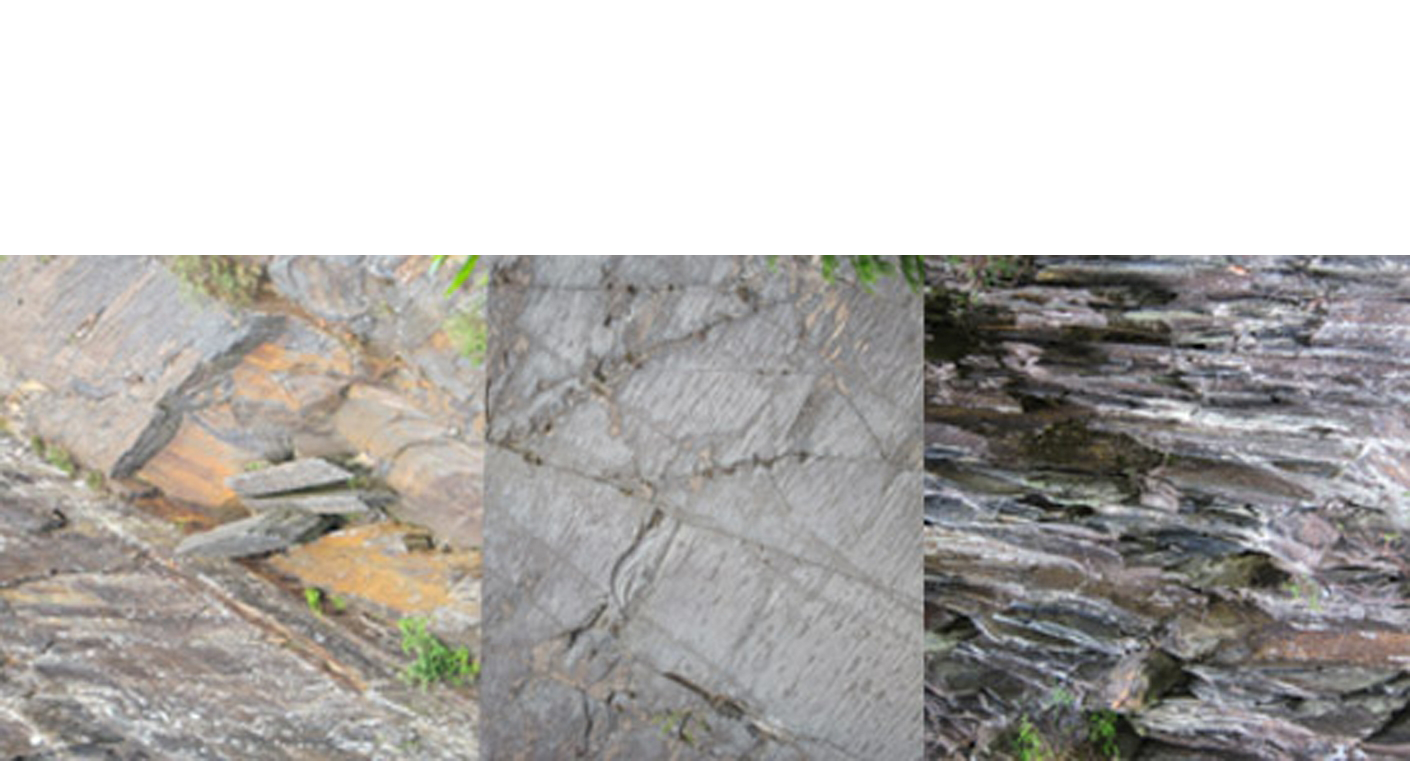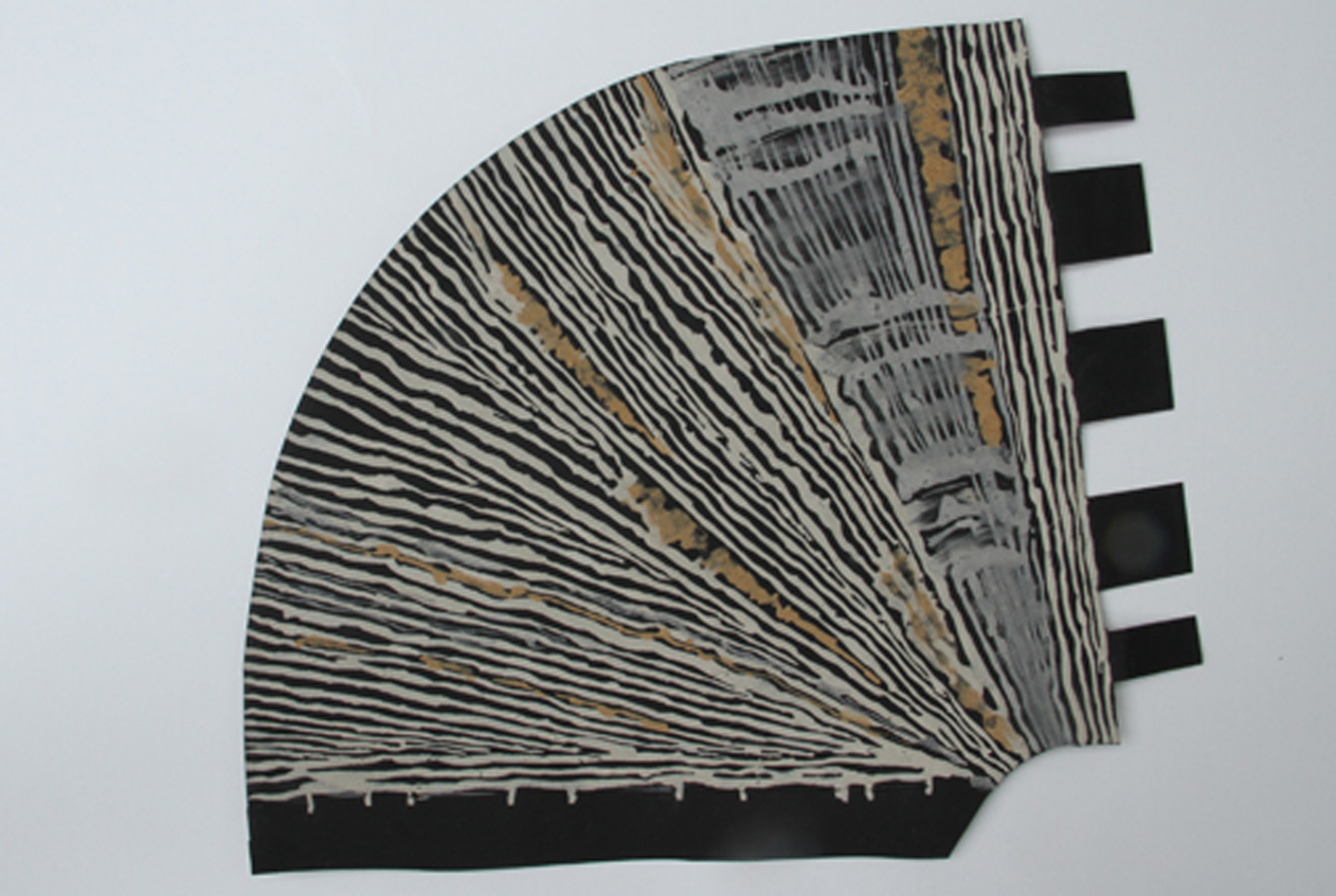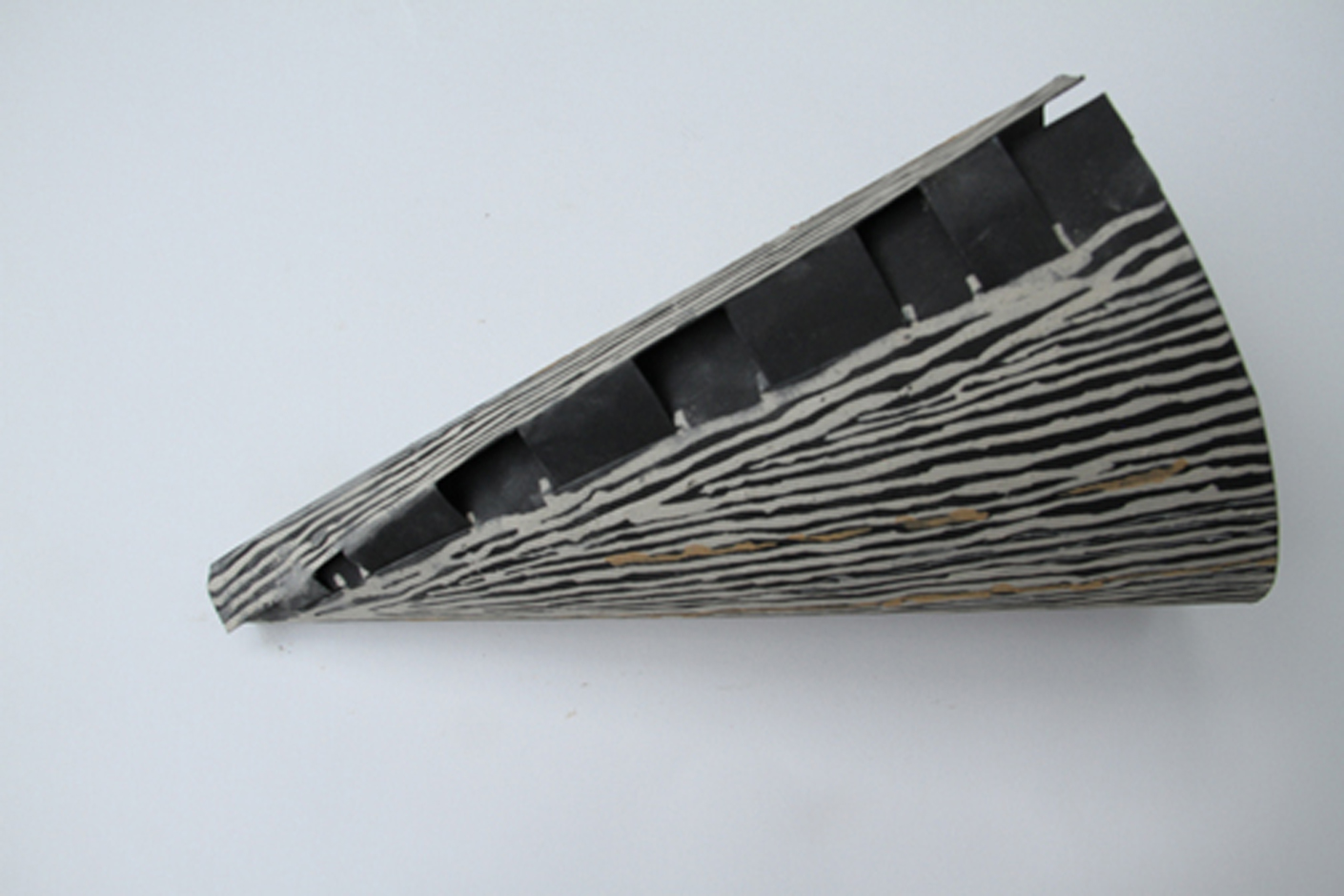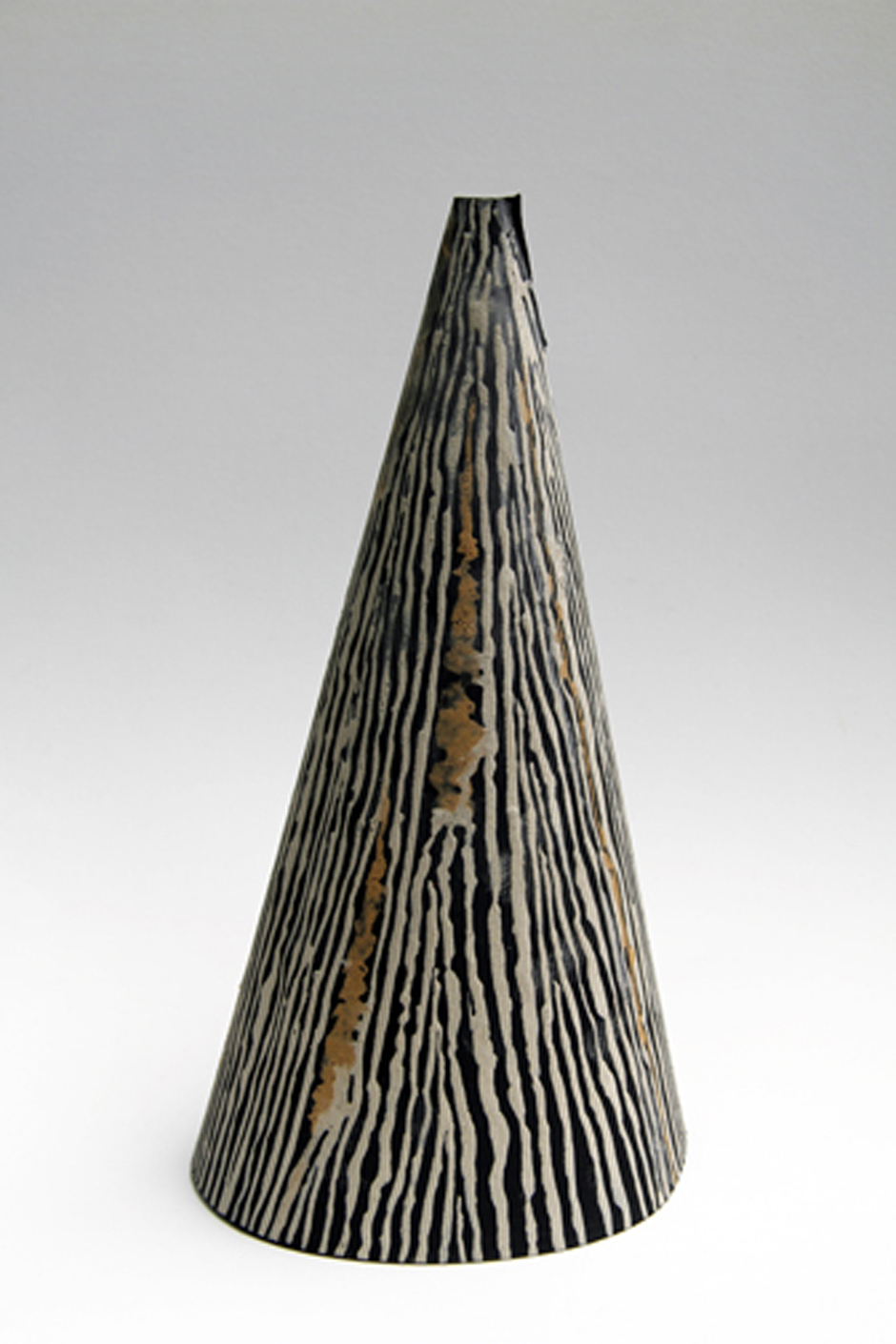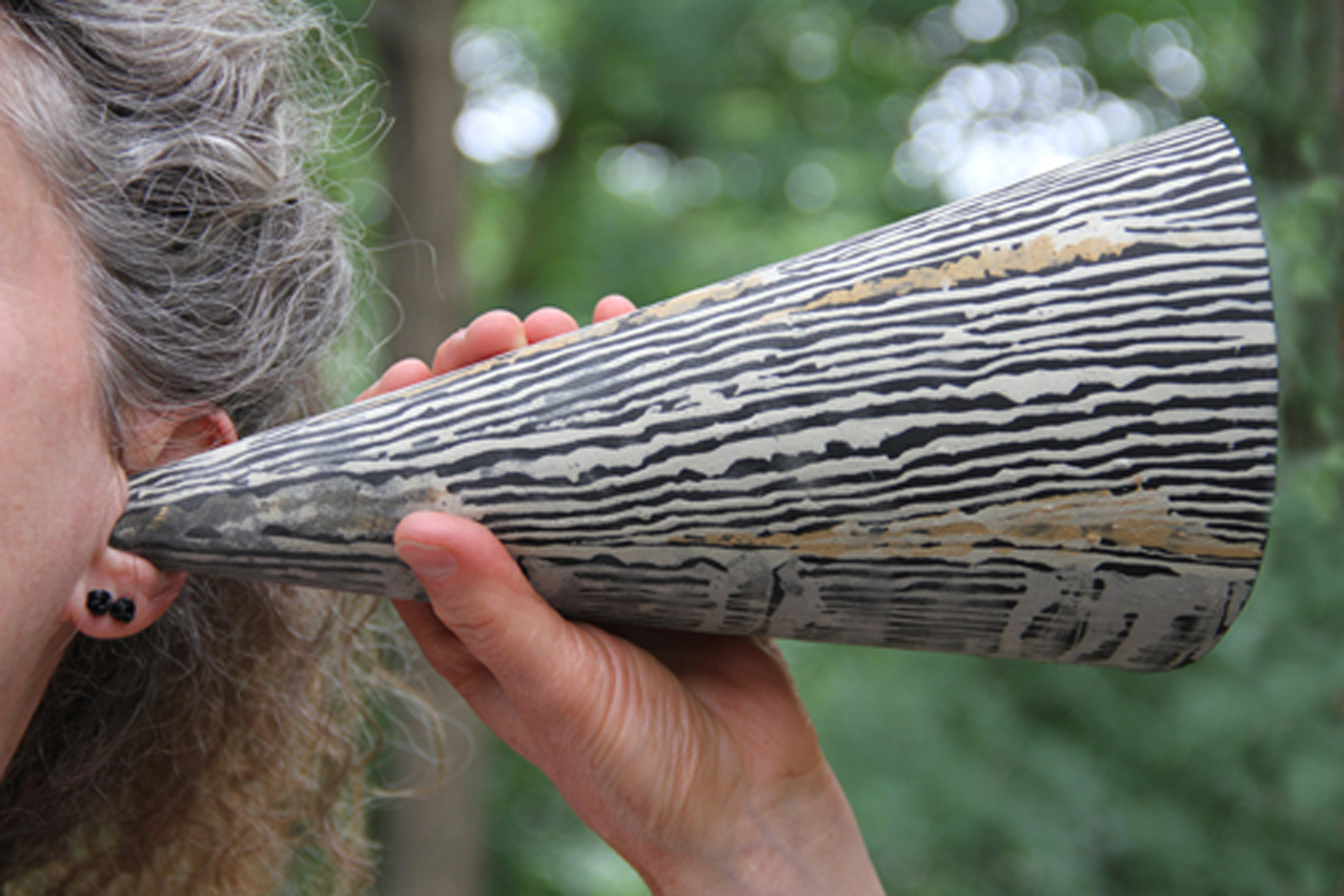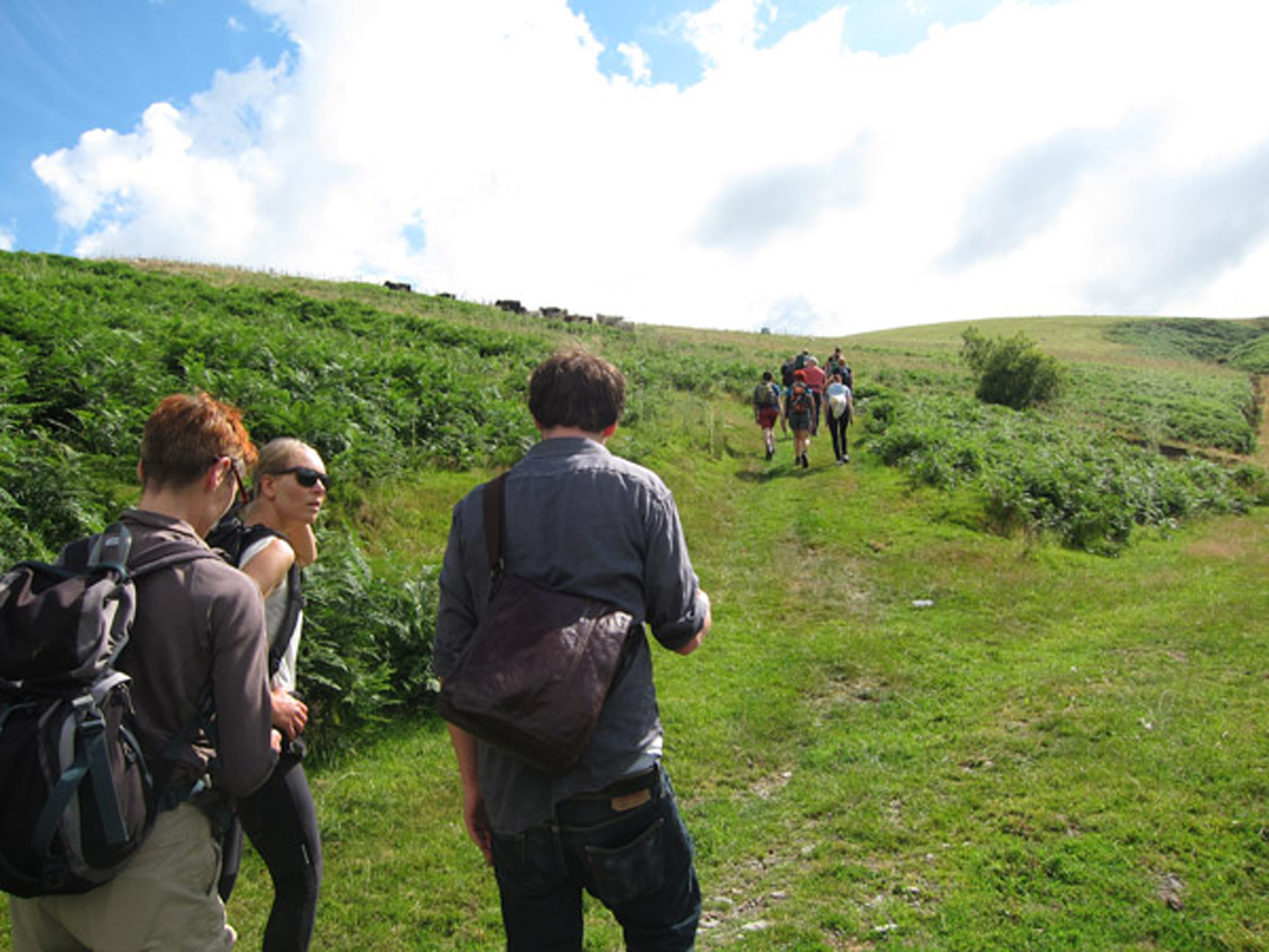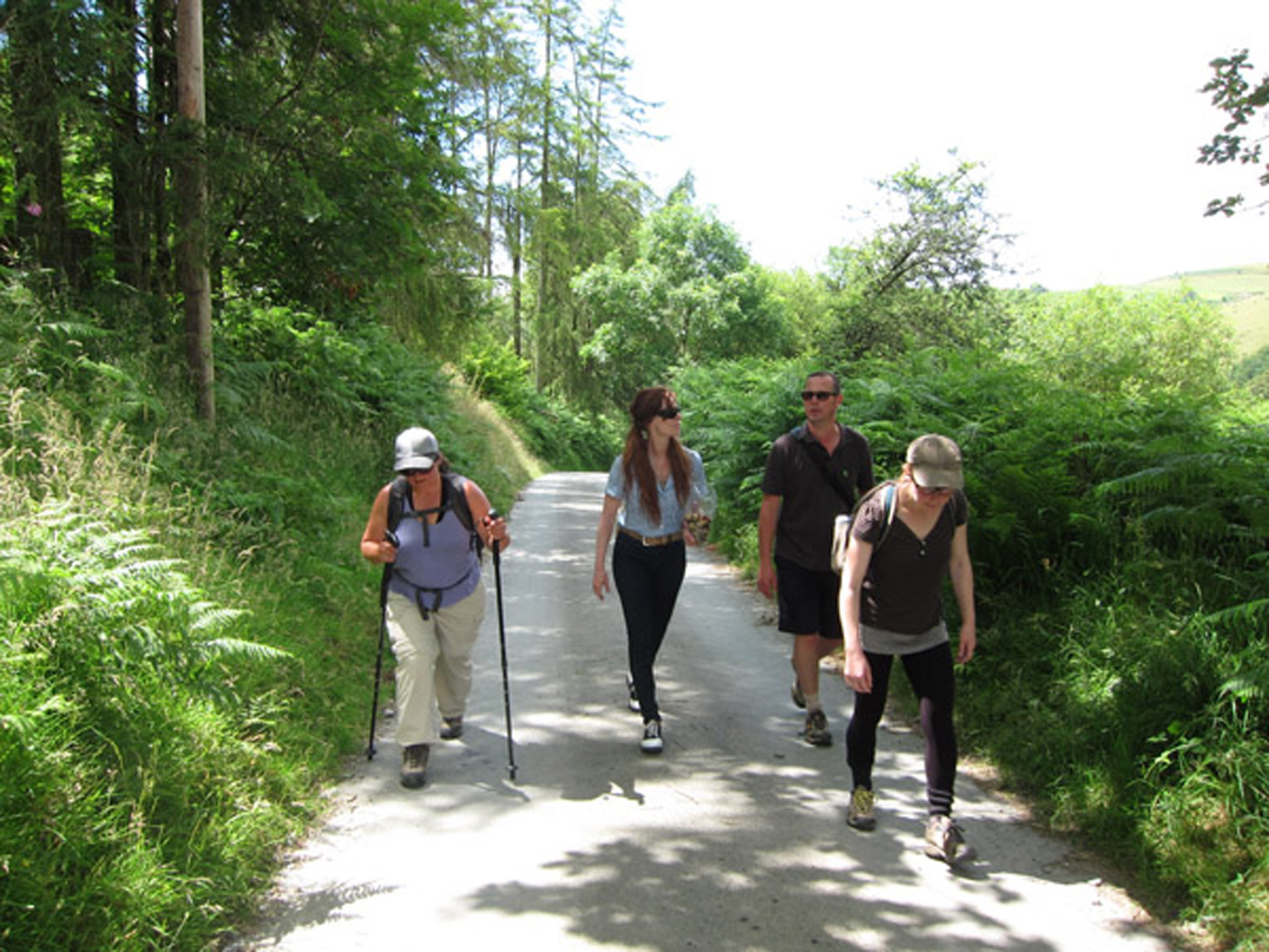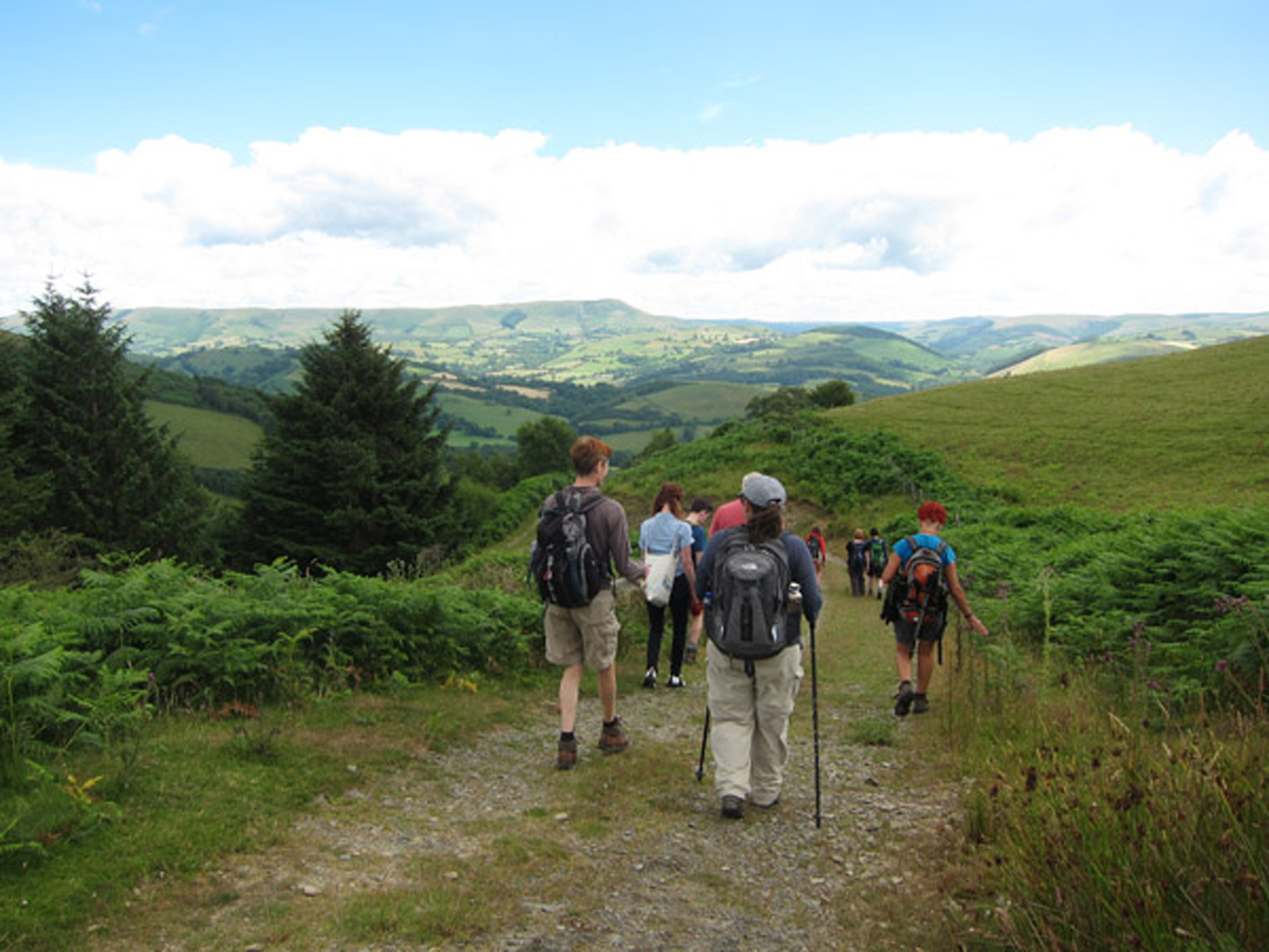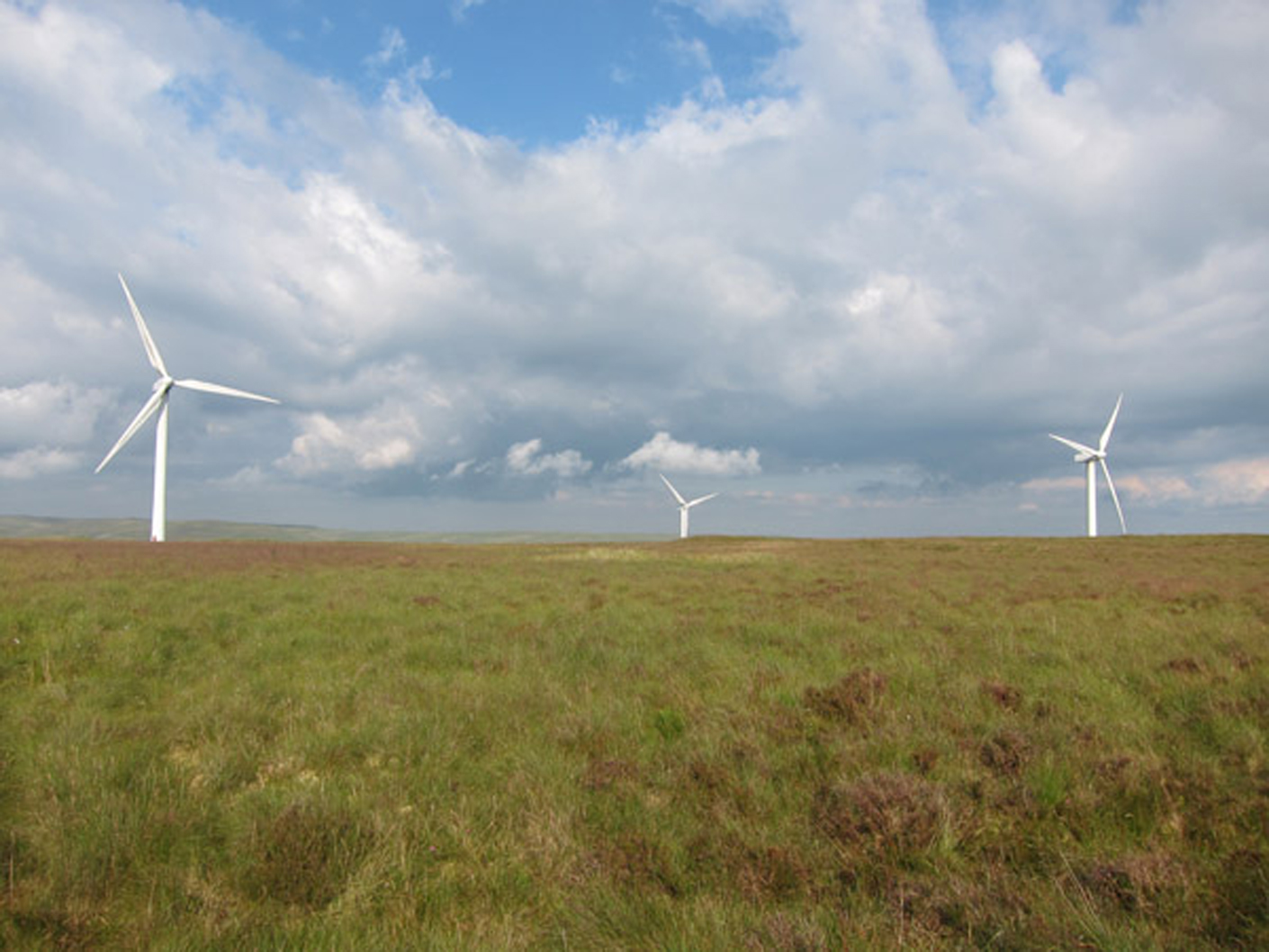Folding Paper Trumpet for a Listening Walk
2014
Using earth colors collected in Wales, this hand drawn pattern was made in memory of the geologic layers of slate I saw while I stayed and walked there, with members of Footwork, for a few days in July 2015. What did we hear? Water flowing, sheep bleating, laughter, quiet and loud conversation, footsteps, trains, windmills, a tram, slate thrown into water, voices reverberating on earthen walls, pump clicking/water dripping, people rolling in the grass, and much more.
Print, cut, and roll this pattern into a cone, then place tabs in slots to secure. This will form a “listening trumpet” that anyone may take on a walk. Operating on similar acoustic principles to Beethoven’s ear trumpets, the paper trumpet is part of a series of devices to be used on Sound and Sight Walks. These are based on contemplation of place with emphasis on the aural environment. Moving through space, and stopping to listen with a trumpet at your ear, a variety of sounds may be experienced as subtly amplified and made clearer. For example, strands of falling water may be heard as discrete from one another or the buzz of an insect brought closer. When participants invert the trumpets and peer through the large end to the smaller opening, the trumpets become viewing devices to isolate minute visual phenomena in the landscape or urbanscape. The play of light and shadow on a particular surface, or a beautiful patch of moss or lichen, become miniature images existing, after initial sighting, only in memory . With carefully focused attention, a special memory bank of sounds and sights may build up as residue of the walk.
Designing an experience in such a way that viewers must walk to discover it is an act overlaid with many intentions. Walking slows pace and the focus on listening invites increased sensory perception. By concentrating on one of the senses on a walk, one will naturally absorb in a different way. A walk is inherently dispersed in time and space; this calls upon us to remember all the parts in order to evoke the entire walk. In experiencing sound as geographical, the process is one of assembling sound into an aural picture of the landscape or urbanspace. The ear acts as the conduit between the outer world and the inner realm of each individual. The small visual images may likewise be recalled and reassembled. Such activities may filter into our daily lives and yield vivid, though perhaps brief, unexpected experiences.
The sounds and sights of interest on these walks are often so woven into the fabric of the everyday as to be scarcely noticed. Of central concern is recognizing the importance of simple awareness and the resulting enhanced perceptual possibilities. Aided by the use of these small handmade objects, you may be able to hear and see in alternative ways. A cultivation of these facilities allows for frequent conscious retreats from the usual patterns of our fast-paced lives, and nurtures the human need to break from the mechanical rhythm of contemporary life.
